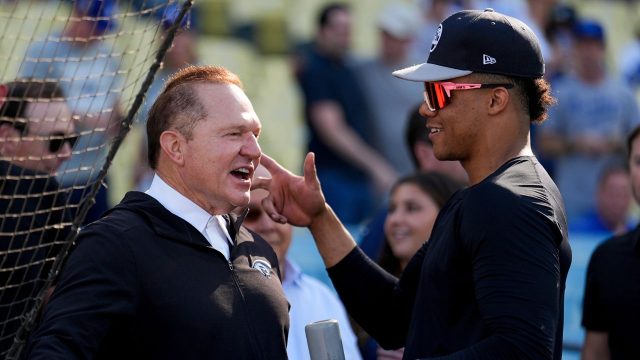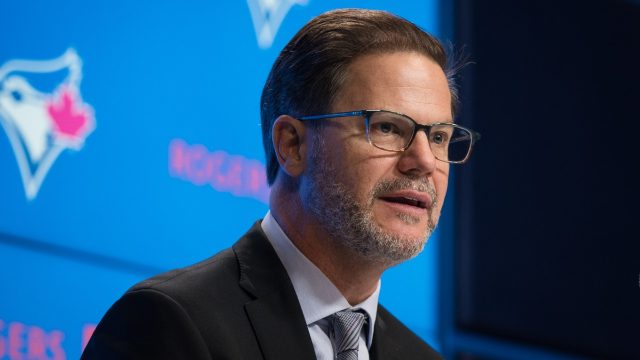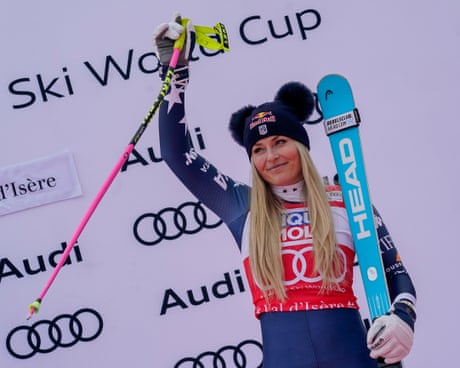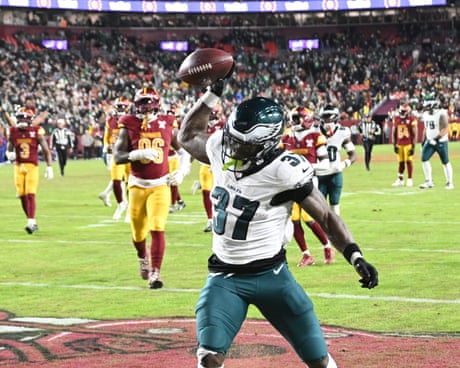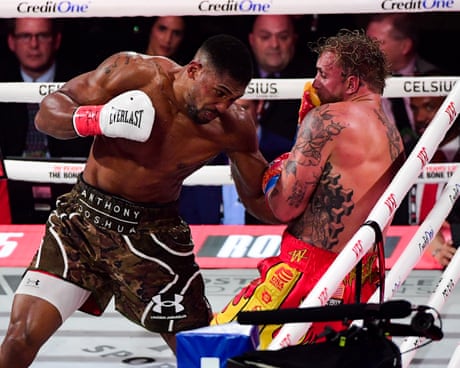
SAN ANTONIO – A simple way to gauge how far the Toronto Blue Jays are from returning to the post-season is to look at this year’s standings, where they finished 12 games behind the Kansas City Royals and Detroit Tigers for the final two American League wild-card spots.
The minimum they need to accomplish this winter, then, is adding 12 wins in some shape or form to their roster. Ideally, it’s more as the standings aren’t static, but for a baseline way to look at their barrier to entry, well that’s it.
Now, 12 wins is a relatively big jump, one that’s hard to make through external adds alone. Given that, along with the club’s internal belief that it underperformed its talent during the dismal 74-88 finish in 2024, how many of those dozen victories can the Blue Jays expect to come from within? And, just as importantly, how can they ensure next year’s roster, whatever it looks like, actually maxes out on its potential?
“If you just looked at our projections and the performance of players and did the math on that, you could make the case that we have 10 wins within our roster right now to close (the gap), if we deploy them appropriately and put them in the best positions to be successful,” general manager Ross Atkins said during the GM Meetings, which wrapped up Thursday. “That is not saying, ‘Oh, players just need to be better.’ To me, it’s we have to make sure that we’re putting position players in positions to be successful, not only in the deployment in when they’re playing and how they’re playing and who they’re playing against, but also in how we’re thinking about them getting better on a daily basis.
“But we can’t rest on that,” Atkins continued. “We have to look to add to that group year over year. Even if we were coming off a much more successful winning season, we’d be looking to push to do that. Going from good to great is when both things happen.”
To that end, the Blue Jays left the JW Marriott San Antonio Country Hill Resort & Spa having laid some of the off-season’s initial groundwork. The GM Meetings are like a few days of baseball-transaction speed dating, where teams and agents meet in rapid-fire sessions designed to suss out if there’s enough interest for an eventual match.
It’s step one in the filtration process, which continues now as everyone goes home to determine what’s real and what’s fake. As one veteran agent put it, “I believe about 10 per cent of what I hear at these meetings.”
Still, even amid all the fronting, a picture of what the Blue Jays are trying to do in the market began to emerge in an off-season that can develop along a few different paths.
Perhaps most interesting, given that their offence ranked 23rd in the majors and their bullpen sat 29th, is that they’re looking at starting pitching more intently than expected.
Another agent with a diverse slate of free agents said the Blue Jays “seem to be aiming higher on the pitching side,” while a third player representative also said they were showing interest in top arms.
That market may also be the first to move as powerful agent Scott Boras, during his exit session with media, said teams in general were focused on building up their rotations.
“The order of operations, I think, is that the starters will be going quite quickly,” he said.
The Blue Jays also want to add a bat and some relievers, so how they decide to divvy up their spending will be of critical importance.
President and CEO Mark Shapiro said last month that he didn’t expect a significant increase or decrease in payroll for 2025, which based on where they finished this year suggests they have something in the area of $20-$25 million to work with, as they currently stand.
Still, given their initial posture, the Blue Jays’ ability to extend their budget for special opportunities may run a few players deeper than just a low-probability pursuit of Juan Soto.
Turning conceptual possibility into concrete results will be tricky, especially with the initial expectation being that the Blue Jays will be strategically reactive to the market, rather than proactive in driving outcomes. Regardless, Boras may very well be setting the pace this winter anyway, given the depth and quality of his free-agent class, headlined by Soto, Corbin Burnes and Pete Alonso.
While the external track plays out, the Blue Jays have worked to improve their internal setup to ensure better utilization of the roster next year, with the hiring of new hitting coach David Popkins front and centre.
Atkins said the former Minnesota Twins hitting coach’s past “results … are exactly what we need” in terms of his “ability to help swings, the ability to get power out of individuals.”
Twins president of baseball operations Derek Falvey said Popkins is able to do that through a “real deep biomechanical analysis understanding” that identifies “swing inefficiencies that didn’t allow a guy to get to the strength that he already had in his body.”
So, that’s one way the Blue Jays are trying to unlock some of the unrealized wins they believe are on the roster.
Asked about other areas of opportunity they’re addressing, Atkins pointed to “deployment and development.”
“We felt like we’ve done some solid things. We’ve also learned that we need to be better,” he continued. “On the development side, some of the things that we’ve talked about is getting to the power, becoming a more versatile offensive group. On the deployment side is putting the right hitters in position to do that on an inning-by-inning basis … making sure we’re doing that every single time we have a chance to do so. Leaning in to the objective decision-making and making sure that we have the most preparation that we can possibly have to make those decisions.
“Obviously, it’s going to be John Schneider who’s deploying them, but supporting him in the best possible way we can to do that. Off-season as well, we see new opportunities. Shifting to the pitching front, making sure that we’re not resting on a stable performance and looking for ways to elevate even very stable, reliable performers.”
In describing some of the factors that have kept the above from happening in the past, Atkins mentioned the balance between right- and left-handed hitters on the roster and “making sure that we have more options for the platoon effect.”
“We put more right-handed hitters up to the plate than any other team in baseball last year, so just accounting for that,” said Atkins. “You can still score and win runs if all of those right-handed hitters are having good years, but the smaller aspects of hitting into double plays with having not an elite baserunning team is something that’s one small thing that we need to adjust for, and feel like we’ve already accounted for to some extent.
“The deployment, just making sure we’re really consistent with our process and our decision-making so we’re decreasing the volatility of how individuals are going to play together,” Atkins continued. “It’s complementing them, deploying them and then making sure that we’re open to in-season adjustments, real-time, proactively addressing opportunities and not waiting for a run of less-than-successful outings or less-than-successful at-bats, just being much, much more proactive in those areas.”
Just how much is to be gained in those areas is debatable, as the Blue Jays finished last in percentage of at-bats with platoon advantage in three of the past four seasons, but their best offensive years haven’t correlated with better balance.
|
Year |
Platoon Advantage |
Rank |
Runs Per Game |
Rank |
|
2024 |
43.1% |
30th |
4.14 |
23rd |
|
2023 |
42% |
28th |
4.60 |
T-14th |
|
2022 |
30.7% |
30th |
4.78 |
4th |
|
2021 |
38.1% |
30th |
5.22 |
3rd |
Ultimately, better hitters drive better results and the Blue Jays’ offence has declined in each of the past four years because Marcus Semien left for Texas as a free agent after 2021 and Teoscar Hernandez and Lourdes Gurriel Jr. were both traded following 2022.
Improving the offence really starts there, with coaches then effectively matching up their observations to data to best matchup against opponents.
“You have to understand where the opportunities are,” said Atkins. “It’s not just as simple as having the math and understanding that certain players might perform better than others in certain categories. You really have to be cognizant of how the league’s adjusting to you and where the opportunities may be to be elite. To do all of those things is what our challenge is and where our focus is.”
One of many focal points for the Blue Jays during an off-season in which they’re trying to get their own house order, while looking for new players to bring into the fold, as well.


